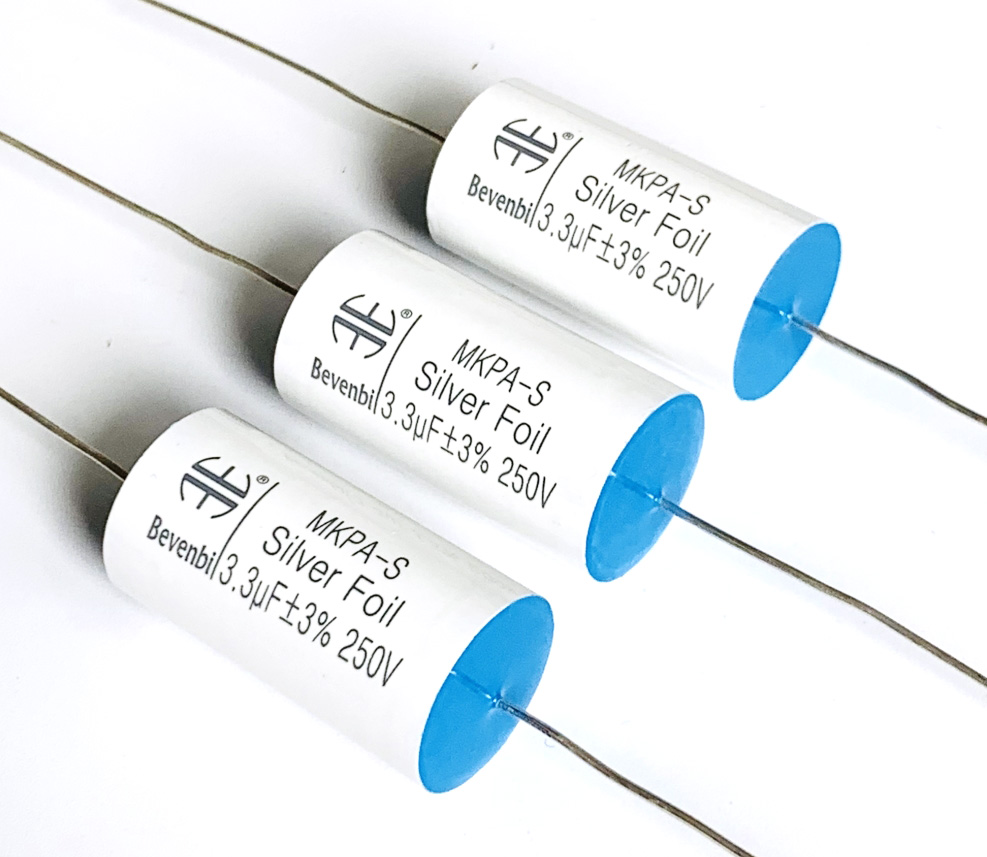1. Operating voltage
The choice of film capacitance depends on the maximum voltage applied and is influenced by voltage waveform, current waveform, frequency, ambient temperature, capacitor surface temperature, capacitor and other factors. Please check the voltage waveform, current waveform and frequency of the capacitor before use (in the case of high frequency, the allowable voltage varies with the type of capacitor) are within the rating.
2. Operating Current
The pulse (or AC) current through the capacitor is equal to the product of the capacitor C and the voltage rise rate, which is 1=C X dV/dt.
Due to the loss of the capacitor, the pulse (or AC) current passing through the capacitor during use at high frequency or high pulse will heat the capacitor itself, and there will be a danger of thermal shock (smoke, fire). Therefore, the conditions for safe use of capacitors are limited not only by rated voltage (or class voltage), but also by rated current.

The rated current is considered to consist of the impulse current determined by the strike mode (peak current, which is limited by the DV /dt indicator) and the continuous current (expressed in terms of peak or effective value), both of which must be within the allowable range when used.
For capacitors used in high frequency or high pulse conditions, we recommend polypropylene film capacitors or CL23B laminated capacitors. CBBB1, CBBB1B and CBBB1A series of polypropylene film high voltage capacitors give rated ip-p current when DUTY ratio is 15%. CBB21, CBB21B, CBB21A series S correction capacitors give rated ip-p current and are generally not allowed to be used in excess of rated ip-p current. When the actual working current waveform is different from the given waveform, polyester film capacitor is generally used when its temperature rises to 10℃ or less. Polypropylene film capacitors are used when their own temperature is raised to 5℃ or less, and the surface temperature of the capacitors does not exceed the rated upper limit temperature.
Post time: Sep-08-2020